A Shared Life: People and Biodiversity in Vermont
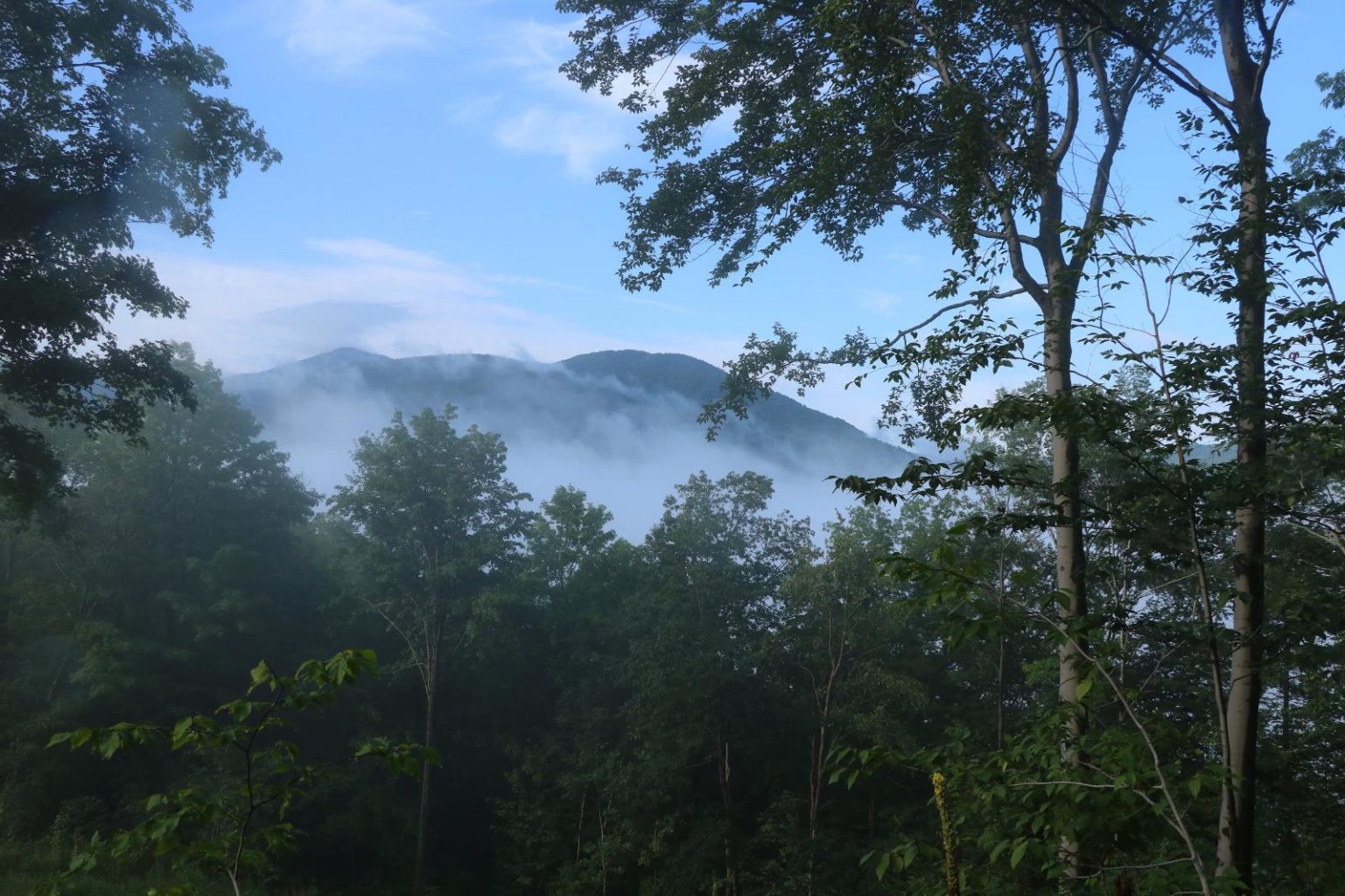
By Eric Hagen*
We rely upon the other organisms on Earth to give us life. They produce the oxygen we breathe, and clean the water we drink. They make our world beautiful and fill it with meaning. And yet, humanity is threatening the diversity and abundance of life on our planet, undermining the natural systems we depend on.
In observance of Earth Day, we're pleased to present A Shared Life, a collection of stories offering perspectives of partnership with the rest of life, along with an introduction to the scientific tools we can use to turn the biodiversity crisis around. Please enjoy these stories of Vermonters, and how their lives interweave with the natural world we are all a part of.
*Field Naturalist Eric Hagen has been working with the Vermont Alliance for Half-Earth and North Branch Nature Center over the last year to investigate the global biodiversity crisis in our local context, and we are proud to showcase his work.
Featured Stories
Rewilding Firefly Hill
Biodiversity conservation in a backyard
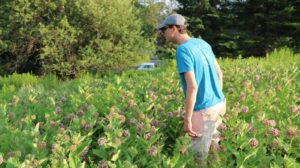
"This was all lawn eight years ago," said Charlie, "this whole thing. When I was first mowing it I was like 'ugh, it’s a pain to mow this, it’s too wet.' And then I was like, 'well why am I mowing in a wetland? This is absurd!'"
When Charlie Hohn and his family moved into their home outside of Montpelier six years ago, his mower kept getting stuck in the mud.
It turned out that a little spring on his neighbor's property was flowing into his yard.
As a wetland ecologist, Charlie knew that even little seeps are important for biodiversity and water quality, so Charlie decided to stop mowing.
Click here to read the rest of Charlie’s story, and learn what he and his family are doing for wildlife in their yard.
A Field that Bloomed
Relearning what’s been lost
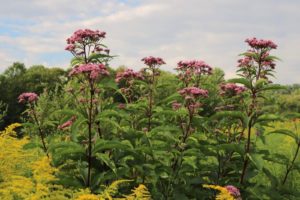
Andrea Brett feels a "gravitational pull" to water. Many days after work she'll walk down to the lake, or the Winooski, and just stand and listen. It brings her peace. "There's that whole slogan out there now of 'water is life,'" said Andrea, "and that's real. It's real for the survival of our living beings, and it's real for spiritual life."
Andrea is a social worker, and has lived near Lake Champlain and the Winooski River her entire life. She works for hospitals helping people get access to healthcare. "That often means helping them get insurance," said Andrea, "hopefully affordable insurance."
Click here to read the rest of Andrea’s story, and learn about her perspectives on the ties between culture, heritage, society, and nature.
An Unusual Forest
You can manage land and love it too
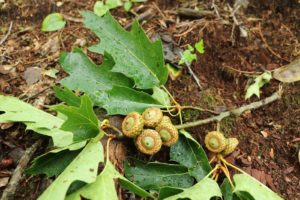
"When I first bought this property, when I was laying out the timber harvest, I encountered this young bear. It was in July, and it was one of those males that overwinters with his mom its first winter and then got kicked out the following June. These young bears are like teenagers: they’re kind of dumb, or foolish, and brave, and also relatively small."
So Ethan was marking trees when he heard a sound. He looked up and saw the young bear, and it immediately took off. Naturally, Ethan followed after it, all the way up a ridge where it started to climb a tree.
Click here to read the rest of Ethan’s story. Learn about forest management, and Ethan’s relationship with wildlife and the land.
Guest’s at Nature’s Table
Food for people and a home for wildlife
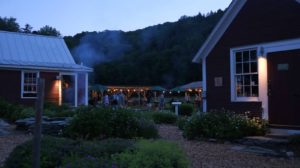
At the hearth, George's goal is to create delicious food. But on the farm, his goal is to create habitat for wildlife.
"I start to see the lives around me as my partners in this journey," said George, "and that as a partner with them I have both the responsibility and the opportunity to either be constructive to the lives of others or to be hurtful to the lives of others."
Click here to read the rest of George’s story, and learn about how he manages his farm to both raise food for his restaurant and provide habitat for wildlife.
Roots in the Land
Generations of mentorship
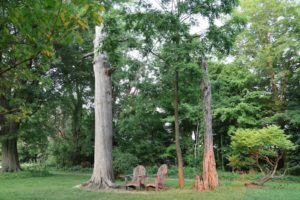
Jim McCullough, Vermont State Representative, started skipping school in third grade.
"We used to have to walk down to the corner to catch the bus," said Jim, "which was a perfect opportunity to just never show up at the bus. Parents didn’t know because they saw me leave, and then I’d come back at the end of the day."
Jim started putting down roots into the land during those young days, the same land that he and Lucy would raise children on and devote the rest of their lives to.
Click here to read the rest of Lucy and Jim’s story, and learn about how they have made it their life’s mission to manage their family land for the good of the community and wildlife alike.
Protecting Biodiversity
How do we share the planet with the rest of life?
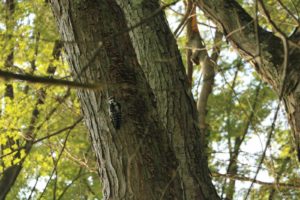
Reports are coming out every year telling us that bird populations have fallen 30% across North America since 1970, and that insects, upon which most birds rely, are in peril. Many of us don't notice the increasing thinness of life because the changes are gradual. We don't remember that there were more birds singing forty years ago, and more bees buzzing around more flowers. But scientific studies tell us what is hard for a single perspective to see: life on Earth is in crisis. One million species are facing extinction, many within decades.
Click here to read the rest of the article and learn about biodiversity and how to protect it.

